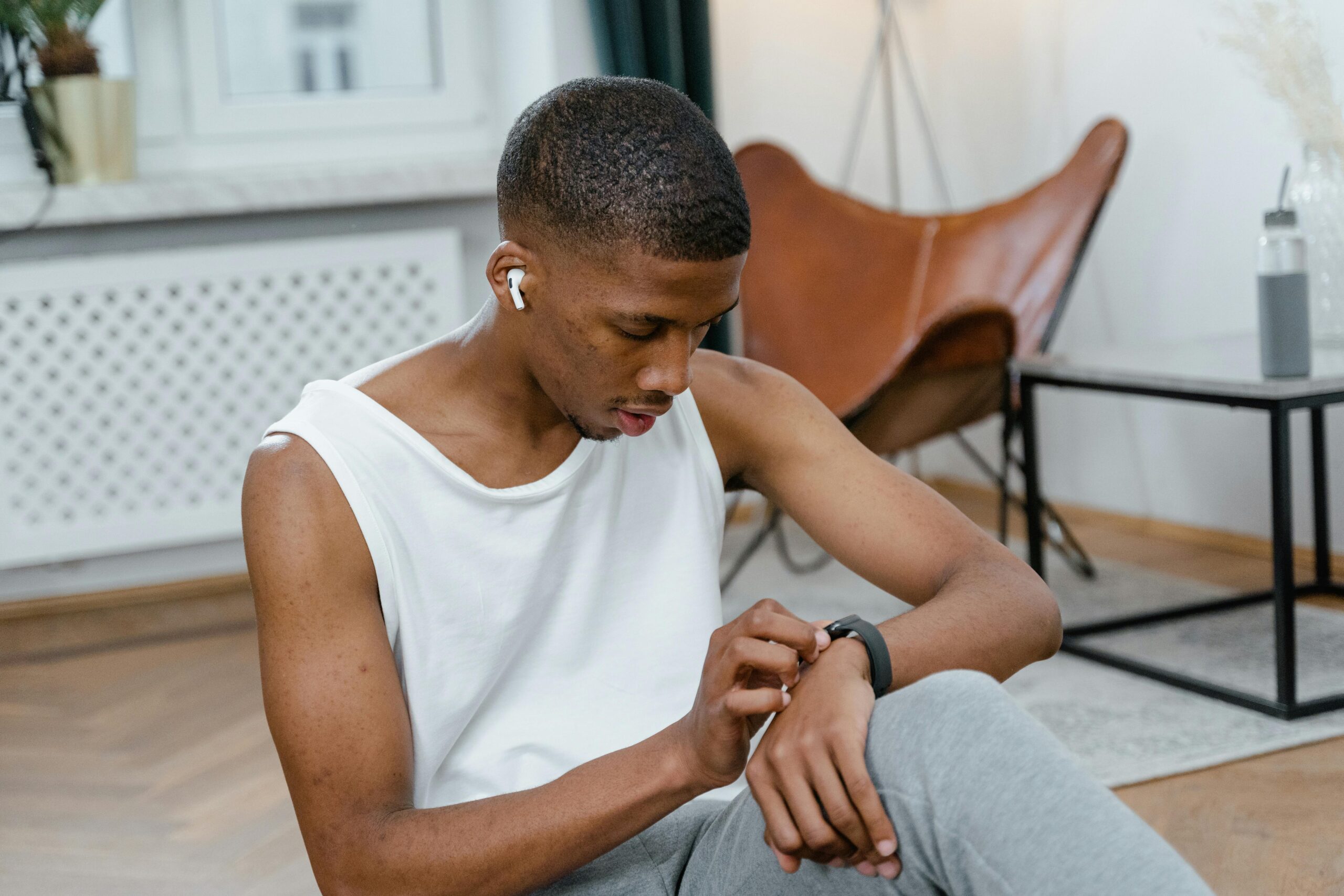
Today we’re diving into how technology is transforming high school sports. It’s not just about the game anymore—it’s about data, precision, and getting that competitive edge in ways we couldn’t have dreamed of a few years ago.
Performance Tracking: From the Field to Your Phone
Remember when coaches used to rely on gut instincts and a stopwatch to assess performance? Now, performance tracking apps like Hudl and CoachMe are giving high school athletes and coaches detailed insights into their games. These apps track everything from speed and endurance to jump height and recovery times.
Take wearables, for instance—like the ones from Catapult Sports. They track real-time metrics like heart rate, distance covered, and sprint speeds. Imagine knowing exactly when your energy levels start to dip or how much faster you need to be to beat your rival team. It’s like having a coach in your pocket 24/7.
Video Analysis: Game Tape Meets AI
If you’ve ever sat through old-school game tapes, you know it can be painfully slow. But now? Video analysis tools like Hudl Assist and PlayOn Sports are leveling up the experience. These platforms don’t just replay the game; they analyze it. They can pinpoint weak spots in defense, highlight key plays, and even suggest strategies to counter opponents.
Picture this: Your coach uploads game footage into the app, and within hours, you get clips showing exactly where you nailed it and where you fumbled. AI-powered platforms can even predict what play the opponent might use next time. That’s next-level prep.
Injury Prevention and Recovery: Tech to Keep You in the Game
High school sports can be brutal on young athletes. Luckily, tech is stepping in here too. Tools like Fusionetics assess an athlete’s movement patterns and highlight potential injury risks. Combined with data from wearables, athletes can focus on prehab—those preventative exercises that keep injuries at bay.
And if something does go wrong, tech-powered recovery tools like NormaTec compression boots or Cryo chambers help athletes bounce back faster. It’s all about keeping players on the field, not the bench.

Virtual Coaching and eSports
Oh, and let’s not forget about how virtual coaching is changing the game. Platforms like MaxOne let athletes work on skills through virtual drills, even if they can’t make it to practice. It’s perfect for anyone juggling a packed schedule.
eSports is an industry that’s been growing every year and is currently booming in high schools, with entire leagues dedicated to competitive gaming. Schools are treating gaming teams like traditional sports teams—complete with coaches, training sessions, and scholarships.
A Level Playing Field?
Of course, with all this tech comes a bit of a catch. Not every school has the budget for these tools, which can create a gap between programs. But many organizations are stepping in to make sure that access to sports tech becomes more widespread. After all, the point is to elevate everyone’s game, not just a select few.
Final Thoughts
Honestly, it’s such an exciting time for high school sports. Technology is making athletes smarter, faster, and more resilient. But it’s also keeping the spirit of competition alive, pushing everyone to be their best.
What do you think? Could you see yourself geeking out over these tools, or are you more of an old-school “run drills ‘til you drop” kind of person? Either way, the future of sports is here, and it’s pretty cool. Let’s hit the field—tech and all.


